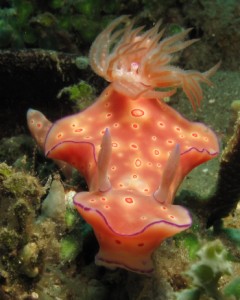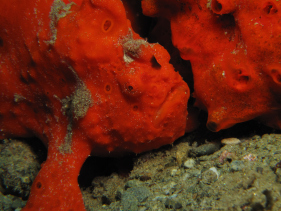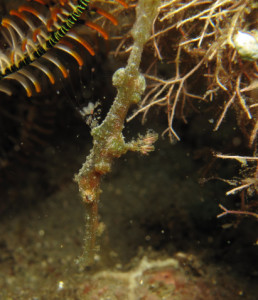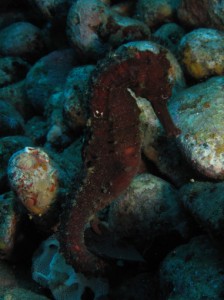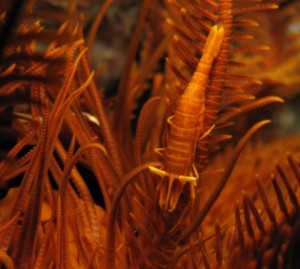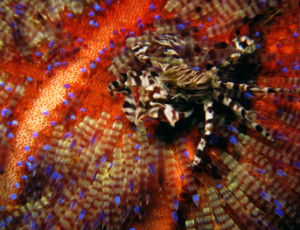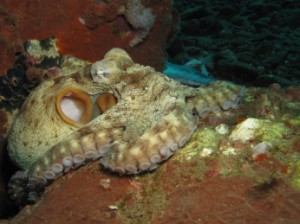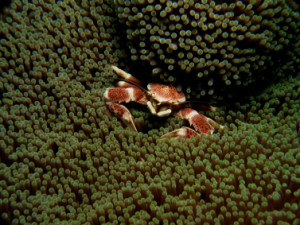News
Creatures of the Muck
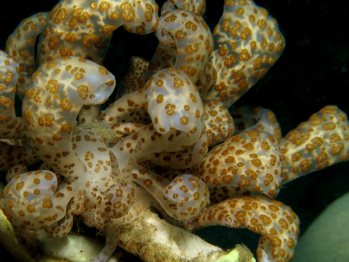
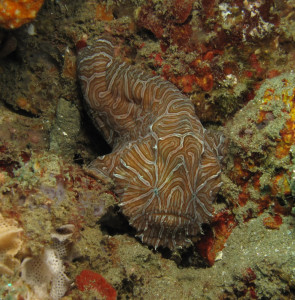 Muck diving. “Le” muck diving. There is no pretty way to say muck diving even if you are French. In fact when you do muck dive for the first time and look out over a silty, sandy slope, or a pile of coral rubble, it seems that a hopeless hour underwater searching for some form of life, including your dive buddies, is ahead. I was especially worried about unfairly judging muck diving at Maluku Divers in Ambon because my trip there immediately followed a boat trip through Raja Ampat which is so full of color and life everywhere. But with a beautiful Balinese meal sitting in front of me at the end of the first day of diving on Ambon, my thoughts were that, perhaps all of the previous 15 days of travel, including three international flights through four countries, two domestic flights, and a liveaboard trip of twelve days, was just to arrive at Maluku Divers on Ambon.
Muck diving. “Le” muck diving. There is no pretty way to say muck diving even if you are French. In fact when you do muck dive for the first time and look out over a silty, sandy slope, or a pile of coral rubble, it seems that a hopeless hour underwater searching for some form of life, including your dive buddies, is ahead. I was especially worried about unfairly judging muck diving at Maluku Divers in Ambon because my trip there immediately followed a boat trip through Raja Ampat which is so full of color and life everywhere. But with a beautiful Balinese meal sitting in front of me at the end of the first day of diving on Ambon, my thoughts were that, perhaps all of the previous 15 days of travel, including three international flights through four countries, two domestic flights, and a liveaboard trip of twelve days, was just to arrive at Maluku Divers on Ambon.
Although we took one of the longest, but most scenic, ways to get to Ambon, once we arrived there, our traveling was over. Our first dive at Laha I, along the southern coast of Ambon Bay, was reported to be an absurdly long interval away from the resort when in fact it took less than five minutes – barely enough time to be introduced to Jamal, our experienced dive guide from Lembeh, Mo our boat driver, and Hafez, a young Indonesian king who helped us with our equipment on the day boat. Topside, this dive site happens to be a small but active wharf area where people seem to both live and work on their boats. The children are especially intrigued by the foreign divers. They wonder why we use our money to travel so far just to see the fish right under their boats.
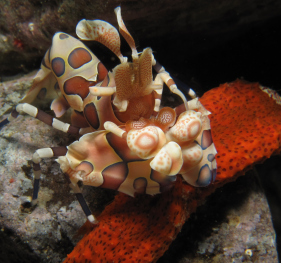 We did a backward roll into the warm water and swam to a pile of rubble directly under the boats. It was noon so I was completely surprised when it was a mandarin fish colony that we were on a mission to observe. My previous encounters with mandarin fish were to watch them having sex at 6:30 in the evening, but they were also busy scampering about at noon, just ignorant of the opposite sex and yet brilliant against their colorless home. I was so focused on getting that perfect photo of a mandarin fish that I almost missed just how many other creatures inhabited this rather small rubble complex. Banded pipefish were just hanging in the water, and very long white antennae revealed the location of the largest banded coral shrimp that I had ever seen. One of the oddest-looking fish, an estuarine stonefish, was lying there like a sunken shipwreck. With the exception of the stonefish that seemed cemented into this habitat, I found it difficult to understand that out of the entire ocean these creatures chose this noisy, close to shore site, and yet they live here together at least during daylight, harmoniously. These were my first 30 minutes in Ambon.
We did a backward roll into the warm water and swam to a pile of rubble directly under the boats. It was noon so I was completely surprised when it was a mandarin fish colony that we were on a mission to observe. My previous encounters with mandarin fish were to watch them having sex at 6:30 in the evening, but they were also busy scampering about at noon, just ignorant of the opposite sex and yet brilliant against their colorless home. I was so focused on getting that perfect photo of a mandarin fish that I almost missed just how many other creatures inhabited this rather small rubble complex. Banded pipefish were just hanging in the water, and very long white antennae revealed the location of the largest banded coral shrimp that I had ever seen. One of the oddest-looking fish, an estuarine stonefish, was lying there like a sunken shipwreck. With the exception of the stonefish that seemed cemented into this habitat, I found it difficult to understand that out of the entire ocean these creatures chose this noisy, close to shore site, and yet they live here together at least during daylight, harmoniously. These were my first 30 minutes in Ambon.
The psychedelic frogfish’s coloring was also a bit of a mystery to me. It is usually obvious why a frogfish looks as it does; generally I am not sure that I have actually seen one when I have seen it because they imitate their habitat so well. Although the overall color of the psychedelic frogfish allows it to blend in with the sand of Ambon, there are vibrant white lines that extend radially from its eyes and then swirl around over the main part of its body. It was not until I read about this fish, where these patterns were shown to parallel those from certain hard corals, that I could begin to see how the fish evolved to mimic its environment. However, the lines also have a sort of hypnotizing affect on the viewer, and perhaps have a dual purpose in distracting as well any prey so that it loses concentration for a moment.
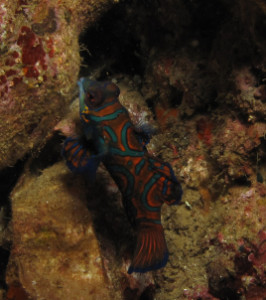 The dives in Ambon rarely went below twenty meters. Only once did I find myself at twenty-five meters and that was to watch a flamboyant cuttlefish that we had inadvertently chased to this depth. Most dives occurred on this same coast, just different sections of it. Even though the landscape was somewhat similar overall, sloping sandy, I was starting to feel that there were different neighborhoods. The Laha dives were where the harlequin and bumblebee shrimp, pipefish, and assorted frogfish lived in the rubble and the sand. Further west, the landscape becomes more covered with corals and especially crinoids. Here there is also a jetty, Air Manis Jetty, where a different lifestyle is in development. There is quite a bit of human refuse where eels and giant banded coral shrimp could find a home. The crinoids here have space to move about the sand like ladies in 17th century ball gowns and were sometimes escorted by a matching ornate or long nosed ghost pipefish. Octopi displayed themselves openly in daylight, and fat nudibranchs were busy chewing the sponges that covered the pilings of the pier.
The dives in Ambon rarely went below twenty meters. Only once did I find myself at twenty-five meters and that was to watch a flamboyant cuttlefish that we had inadvertently chased to this depth. Most dives occurred on this same coast, just different sections of it. Even though the landscape was somewhat similar overall, sloping sandy, I was starting to feel that there were different neighborhoods. The Laha dives were where the harlequin and bumblebee shrimp, pipefish, and assorted frogfish lived in the rubble and the sand. Further west, the landscape becomes more covered with corals and especially crinoids. Here there is also a jetty, Air Manis Jetty, where a different lifestyle is in development. There is quite a bit of human refuse where eels and giant banded coral shrimp could find a home. The crinoids here have space to move about the sand like ladies in 17th century ball gowns and were sometimes escorted by a matching ornate or long nosed ghost pipefish. Octopi displayed themselves openly in daylight, and fat nudibranchs were busy chewing the sponges that covered the pilings of the pier.
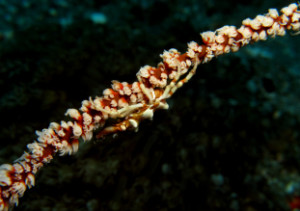 Each hour underwater at Ambon went by like lightening for me. I am not sure what kind of rating system one can apply to diving in Ambon. A star rating system does not seem accurate because it conjures up more typical images like corals and blue water and big animals and whether there is current or not. Things are not swimming around much and if they do have fins they can also have legs attached to creep around, and sometimes your photos of an odd creature inadvertently advertise Coke. I am a scientist, and I cannot help but think of evolution when I am under the water. All sorts of ideas pop into my head, like what exactly was evolution thinking, and how genetically different am I really than the rhinopias scorpionfish? To me it seems that Ambon is a collection of evolution’s experiments or abandoned ones in addition to the usual animals, and perhaps a rating system should correlate to remarkable skills of evolution at work here and your confidence level as a diver when you leave.
Each hour underwater at Ambon went by like lightening for me. I am not sure what kind of rating system one can apply to diving in Ambon. A star rating system does not seem accurate because it conjures up more typical images like corals and blue water and big animals and whether there is current or not. Things are not swimming around much and if they do have fins they can also have legs attached to creep around, and sometimes your photos of an odd creature inadvertently advertise Coke. I am a scientist, and I cannot help but think of evolution when I am under the water. All sorts of ideas pop into my head, like what exactly was evolution thinking, and how genetically different am I really than the rhinopias scorpionfish? To me it seems that Ambon is a collection of evolution’s experiments or abandoned ones in addition to the usual animals, and perhaps a rating system should correlate to remarkable skills of evolution at work here and your confidence level as a diver when you leave.
Marine Life & Conservation Blogs
Creature Feature: Dusky Shark

 In this series, the Shark Trust will be sharing amazing facts about different species of sharks and what you can do to help protect them.
In this series, the Shark Trust will be sharing amazing facts about different species of sharks and what you can do to help protect them.
This month we’re taking a look at the Dusky Shark, a highly migratory species with a particularly slow growth rate and late age at maturity.
Dusky sharks are one of the largest species within the Carcharhinus genus, generally measuring 3 metres total length but able to reach up to 4.2 metres. They are grey to grey-brown on their dorsal side and their fins usually have dusky margins, with the darkest tips on the caudal fin.
Dusky Sharks can often be confused with other species of the Carcharhinus genus, particularly the Galapagos Shark (Carcharhinus galapagensis). They have very similar external morphology, so it can be easier to ID to species level by taking location into account as the two species occupy very different ecological niches – Galapagos Sharks prefer offshore seamounts and islets, whilst duskies prefer continental margins.
Hybridisation:
A 2019 study found that Dusky Sharks are hybridising with Galapagos Sharks on the Eastern Tropical Pacific (Pazmiño et al., 2019). Hybridisation is when an animal breeds with an individual of another species to produce offspring (a hybrid). Hybrids are often infertile, but this study found that the hybrids were able to produce second generation hybrids!
Long distance swimmers:
Dusky sharks are highly mobile species, undertaking long migrations to stay in warm waters throughout the winter. In the Northern Hemisphere, they head towards the poles in the summer and return southwards towards the equator in winter. The longest distance recorded was 2000 nautical miles!
Very slow to mature and reproduce:
The Dusky Shark are both targeted and caught as bycatch globally. We already know that elasmobranchs are inherently slow reproducers which means that they are heavily impacted by overfishing; it takes them so long to recover that they cannot keep up with the rate at which they are being fished. Dusky Sharks are particularly slow to reproduce – females are only ready to start breeding at roughly 20 years old, their gestation periods can last up to 22 months, and they only give birth every two to three years. This makes duskies one of the most vulnerable of all shark species.
The Dusky Shark is now listed on Appendix II of the Convention on the Conservation of Migratory Species (CMS), but further action is required to protect this important species.
Scientific Name: Carcharhinus obscurus
Family: Carcharhinidae
Maximum Size: 420cm (Total Length)
Diet: Bony fishes, cephalopods, can also eat crustaceans, and small sharks, skates and rays
Distribution: Patchy distribution in tropical and warm temperate seas; Atlantic, Indo-Pacific and Mediterranean.
Habitat: Ranges from inshore waters out to the edge of the continental shelf.
Conservation status: Endangered.
For more great shark information and conservation visit the Shark Trust Website
Images: Andy Murch
Diana A. Pazmiño, Lynne van Herderden, Colin A. Simpfendorfer, Claudia Junge, Stephen C. Donnellan, E. Mauricio Hoyos-Padilla, Clinton A.J. Duffy, Charlie Huveneers, Bronwyn M. Gillanders, Paul A. Butcher, Gregory E. Maes. (2019). Introgressive hybridisation between two widespread sharks in the east Pacific region, Molecular Phylogenetics and Evolution 136(119-127), https://doi.org/10.1016/j.ympev.2019.04.013.
Blogs
Join Pharaoh Dive Club for Red Sea Splash Family Summer Camp in August 2024
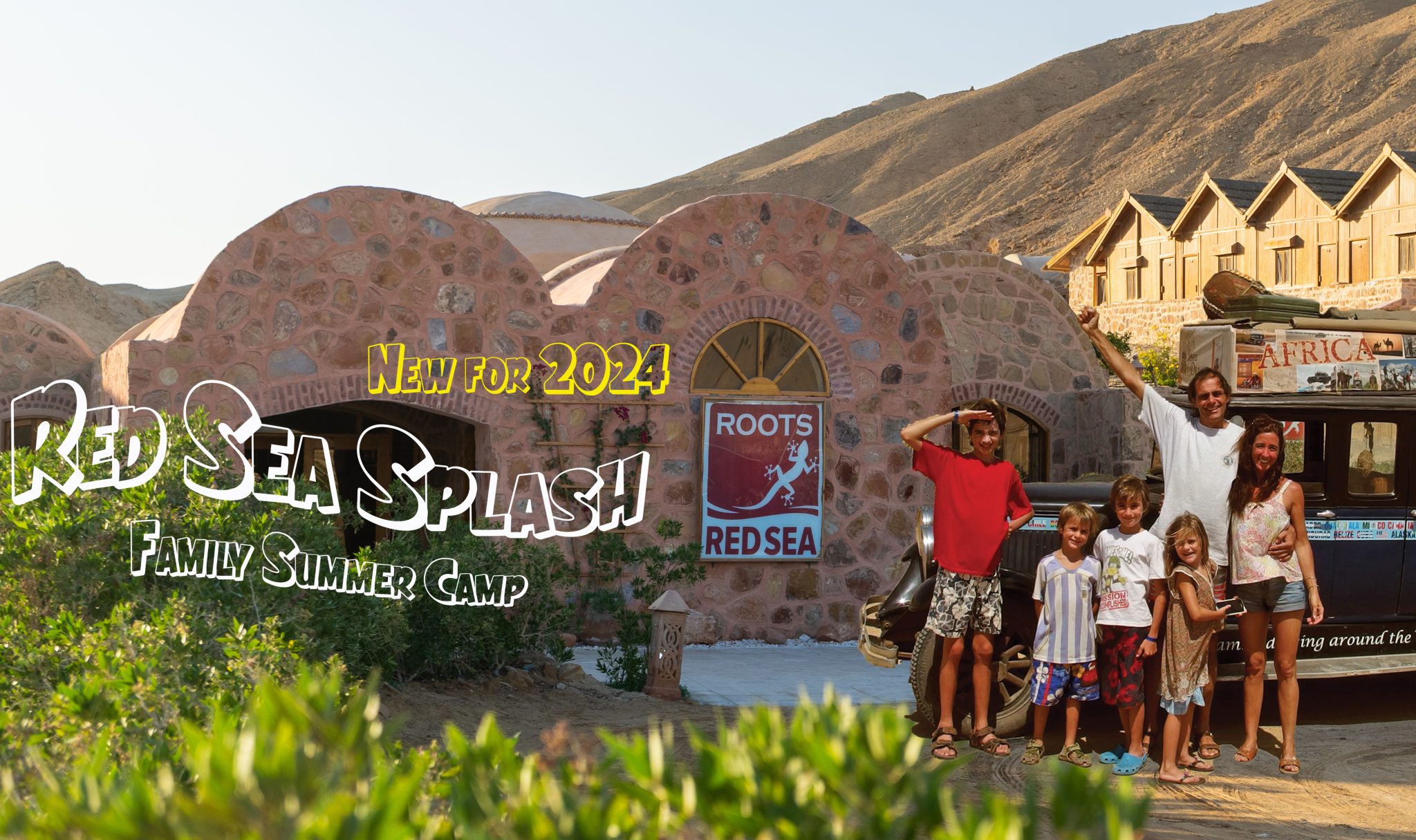
3rd AUGUST 2024 – 1 or 2 WEEK PROGRAMMES
Daily water programme with Snorkelling & Scuba Diving.
Beginners or qualified, something for all.
Leave the kids with the Splash Team for days of Excitement, Fun & Adventure!
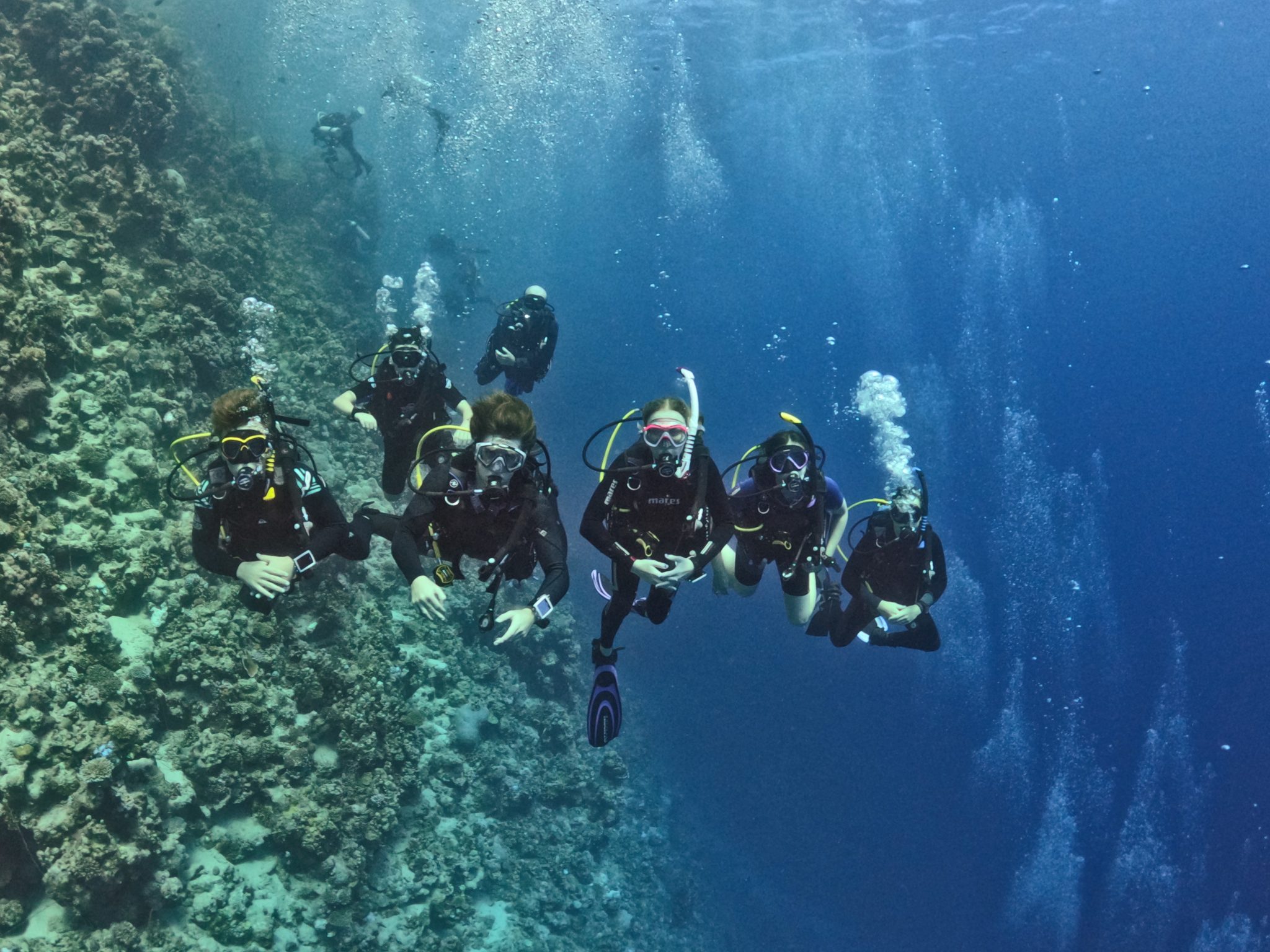
BOOK NOW: INFO@PHARAOHDIVECLUB.COM / TEL: +44 7598 329059 or +20 100 6822000
There are various options for accommodation with options for 2, 3, 4 or 5 guests.
Eco Huts provide accommodation for families of up to 4. The best option to enhance the adventure and closest to camping with basic facilities. For August we will provide central air cooling for all the Eco Huts.
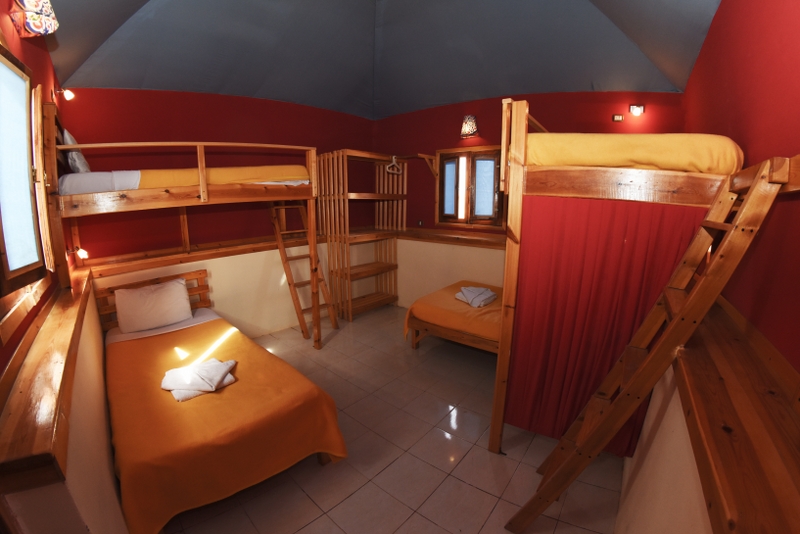
Deluxe Chalets are only suitable for 2 guests. Fully air conditioned rooms with private bathroom and other facilities.
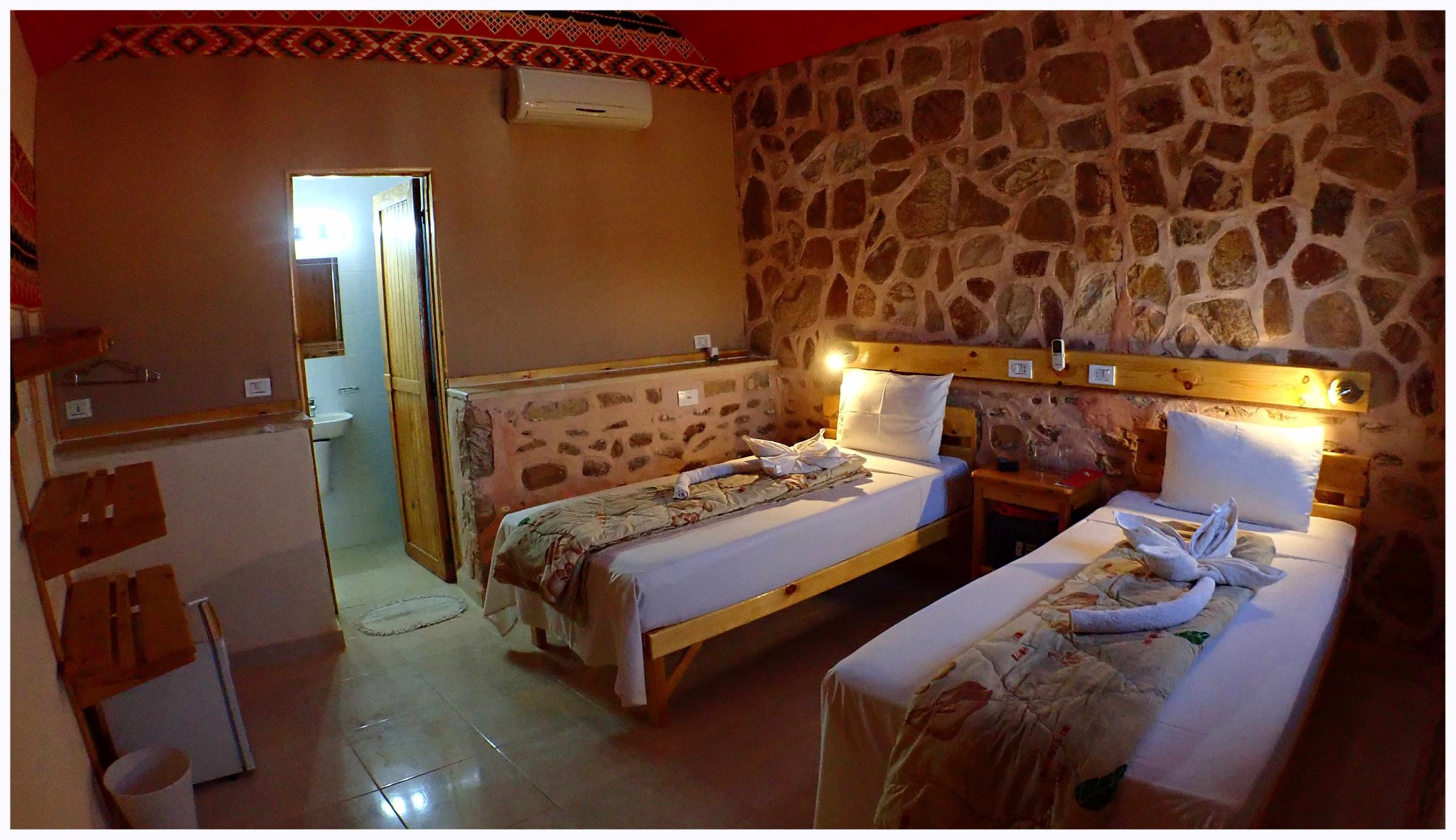
Boutique Rooms are available for families of up to 5.
Individual bespoke rooms fully air conditioned with private bathroom and other facilities.
Eco Huts: £675 per adult / £425 per child / Under 8 FREE of charge
Deluxe Chalet: £830 per adult / £505 per child / Under 8 FREE of charge
Boutique Room: £925 per adult / £550 per child / Under 8 FREE of charge
BOOK NOW: INFO@PHARAOHDIVECLUB.COM / TEL: +44 7598 329059 or +20 100 6822000
This is a truly unique opportunity to have a Family Desert Adventure totally away from it all! You will be based at the remote Roots Red Sea on the coast of the Egyptian Eastern Desert, 140km south of Hurghada city.
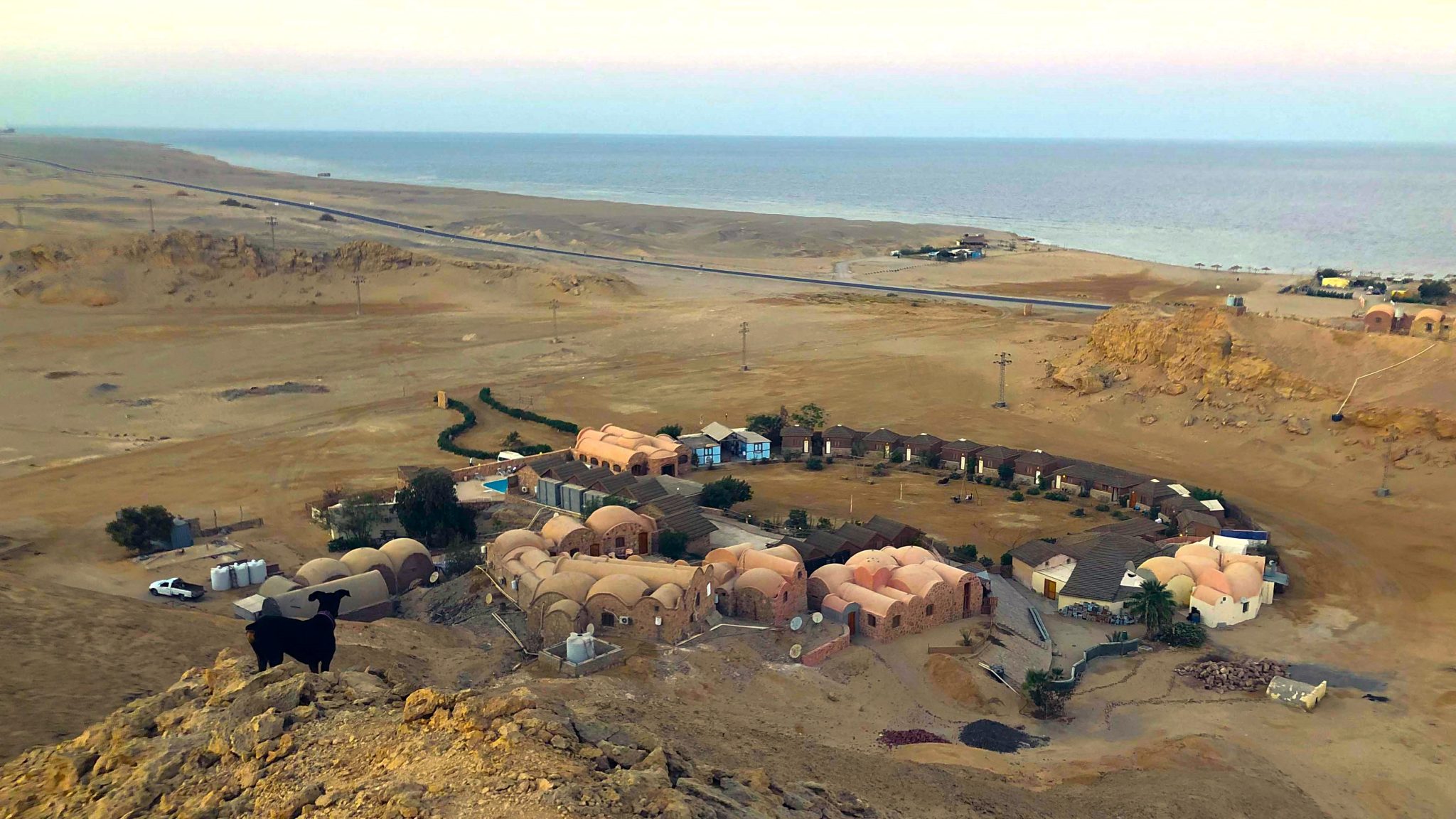
Red Sea Splash main focus is Snorkelling & Scuba Diving but that’s not all, we provide a rounded week of activities in support.
Pool& Field Games – Arts & Crafts
Marine Biology Workshops
Cultural Activities – Orienteering Adventures
Roots Red Sea have established strong links with the local communities of Hamerwain & El Quseir affording our guests to have a true taste of the local culture, SPLASH CAMP embraces this opportunity and bring in the local children to join in the fun with our adventure seekers.
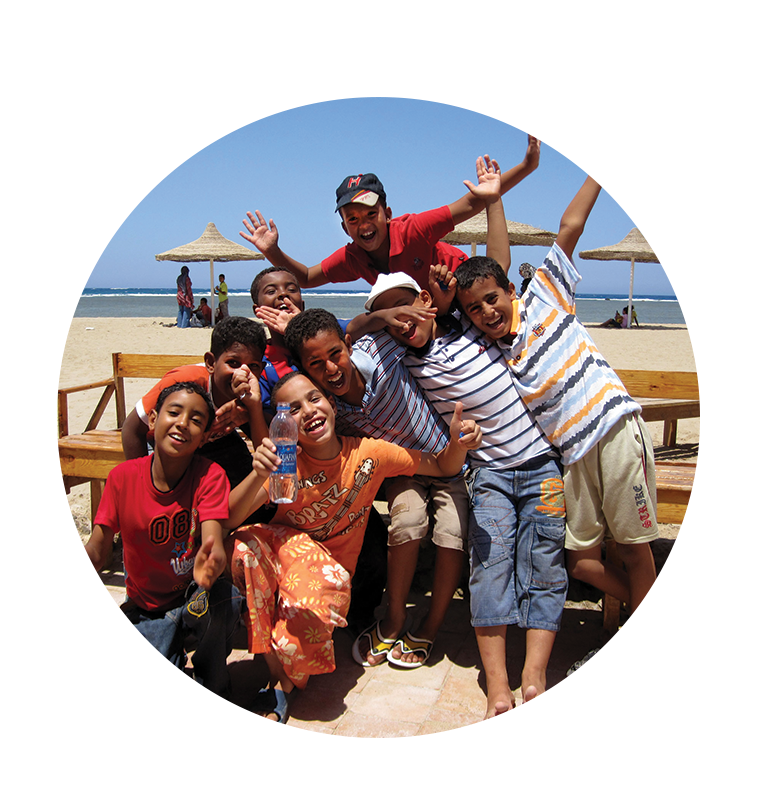
During the day, families are welcome to take part in all activities together or the kids can be left with the SPLASH CAMP team while the parents enjoy the facilities or go diving themselves!
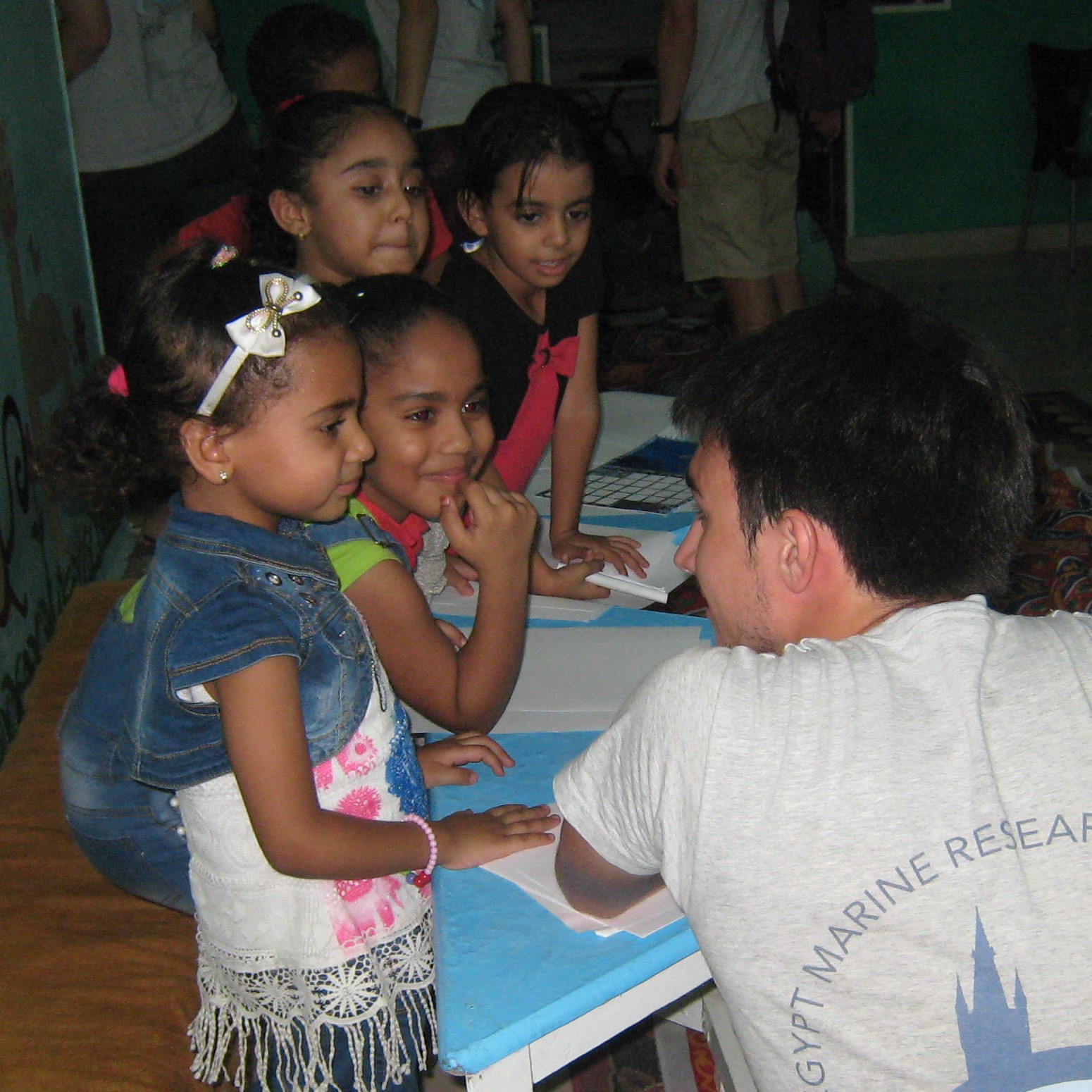
At the end of the day, its family time while the SPLASH CAMP team take a break. For those with the energy, there are family evening activities planned a few evenings.
Open Air Movie Night – Desert Star Gazing Walk & Talk
El Quseir Evening City Tour
The second week is very special, we head off on the Big Blue for a liveaboard safari around Fury Shoals.
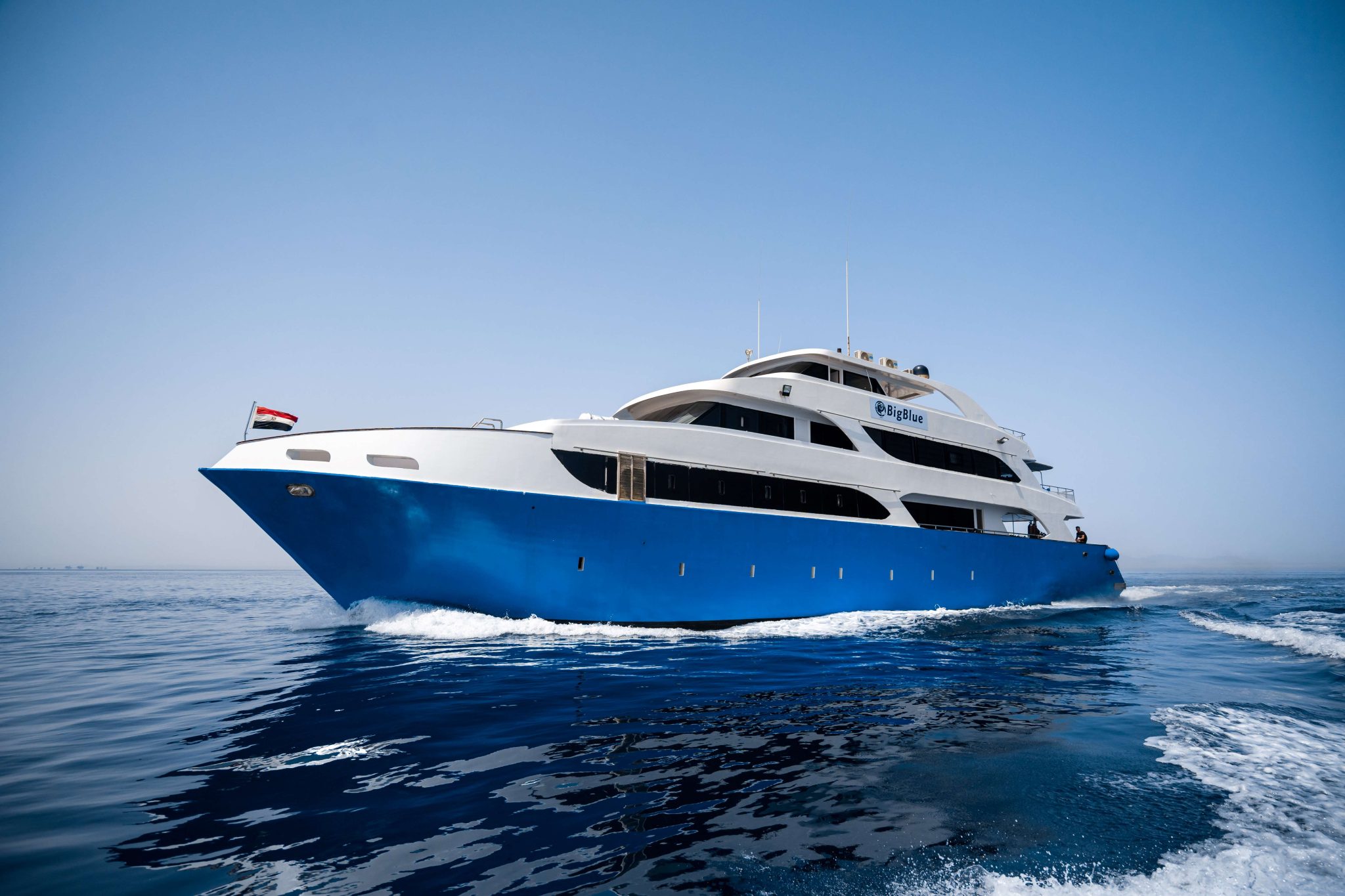
BOOK NOW: INFO@PHARAOHDIVECLUB.COM / TEL: +44 7598 329059 or +20 100 6822000
U-8 Splash Club
Sadly we can’t offer Scuba Diving to the Splash Club but we can have lots of fun Snorkelling & Free Diving!
Splash Club includes:
Certified Snorkel Course – Marine ID Games – Intro to Free Diving
Arts & Craft Sessions – Adventure trails – Cultural Playtime – Pool Games
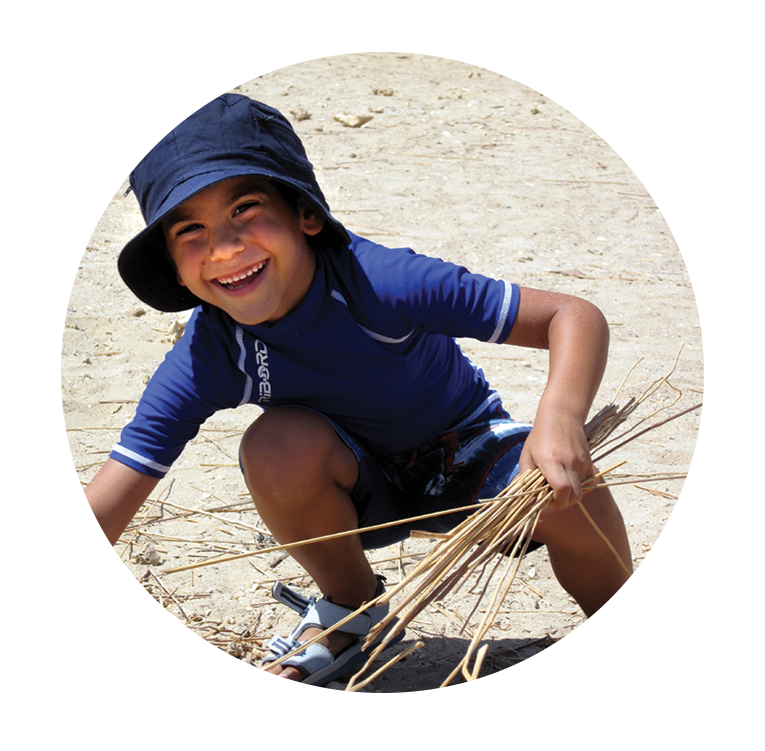
U-12 Explorer Club
In addition to an exciting snorkelling and Free Diving Programme in the Splash Club we can take you under the water on SCUBA to a whole new world of fun and wonder. If you are under 10 your first breath under water will be as a Bubblemaker and continue with daily Seal Team Missions. From 10 we will complete a Discover Scuba Diving experience in the amazing Red Sea. Alternatively we offer a full junior certification programme to become an international qualified Scuba Diver.
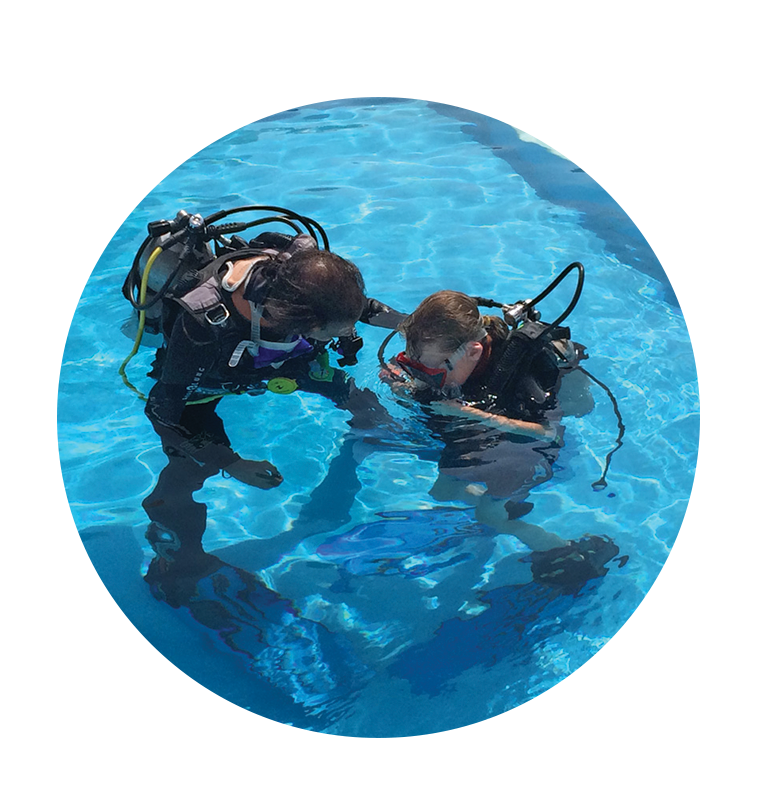
U-16 Adventurer Club
For qualified Scuba Divers regardless of age it’s the Adventurer Club and exploration of the local reefs and marine life. There will be 2 dives every day with the Open Ocean marine field station team who will introduce you to Red Sea marine life and workshops on marine research. Alternatively there are opportunities to continue your scuba diving certifications with our instructional team.
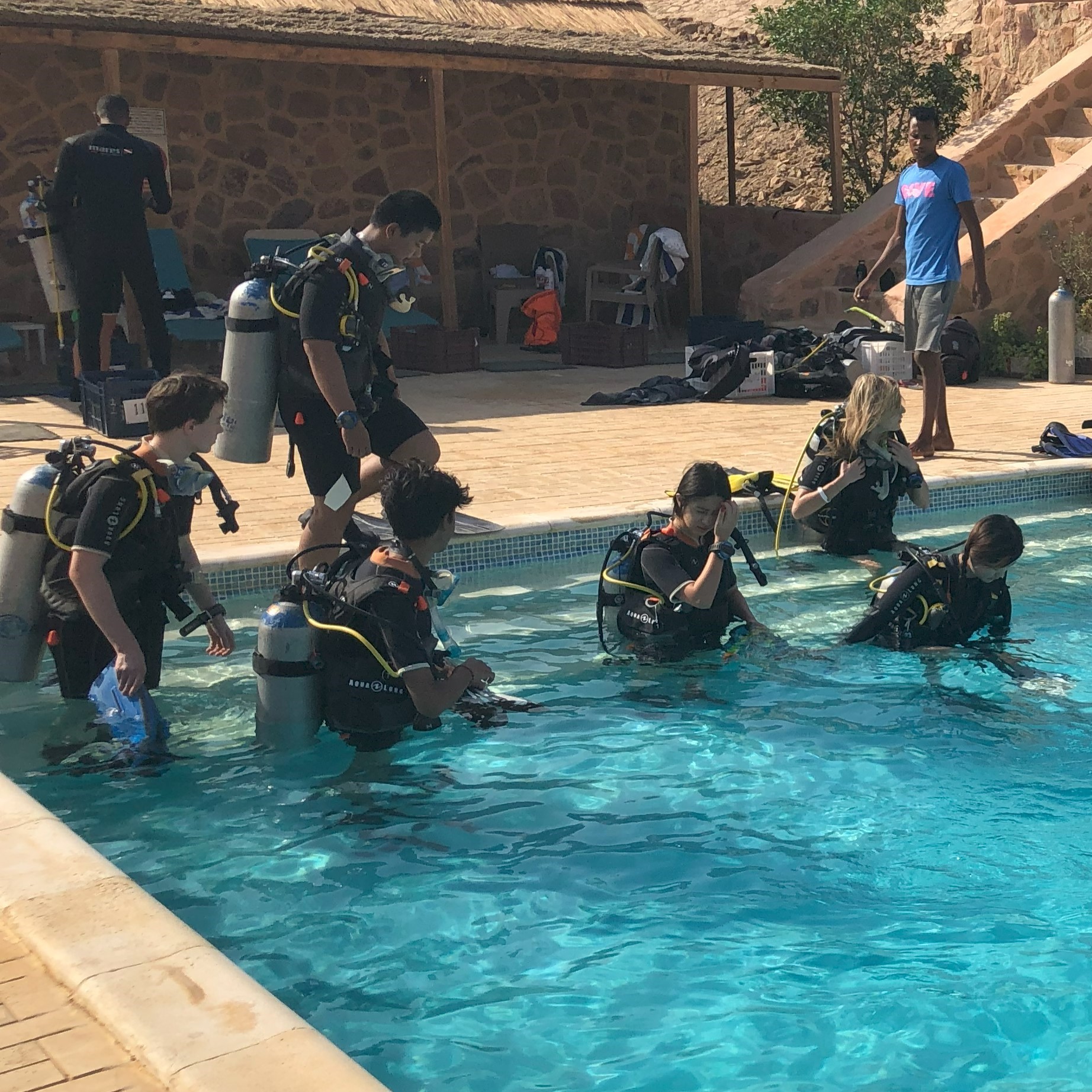
Parents are welcome to join the club activities and join the courses.
BOOK NOW: INFO@PHARAOHDIVECLUB.COM / TEL: +44 7598 329059 or +20 100 6822000
Big Blue might seem like the new kid on the block, but the team behind the highly acclaimed liveaboard is far from that. They have been running Red Sea safaris since the late 1980’s and were in fact part of the early pioneers who ventured out to the unknown on vessels that in today’s world, really shouldn’t have left the harbour! It’s that experience and the years of operating the award-winning Roots Red Sea resort which truly set Big Blue apart from the crowd!
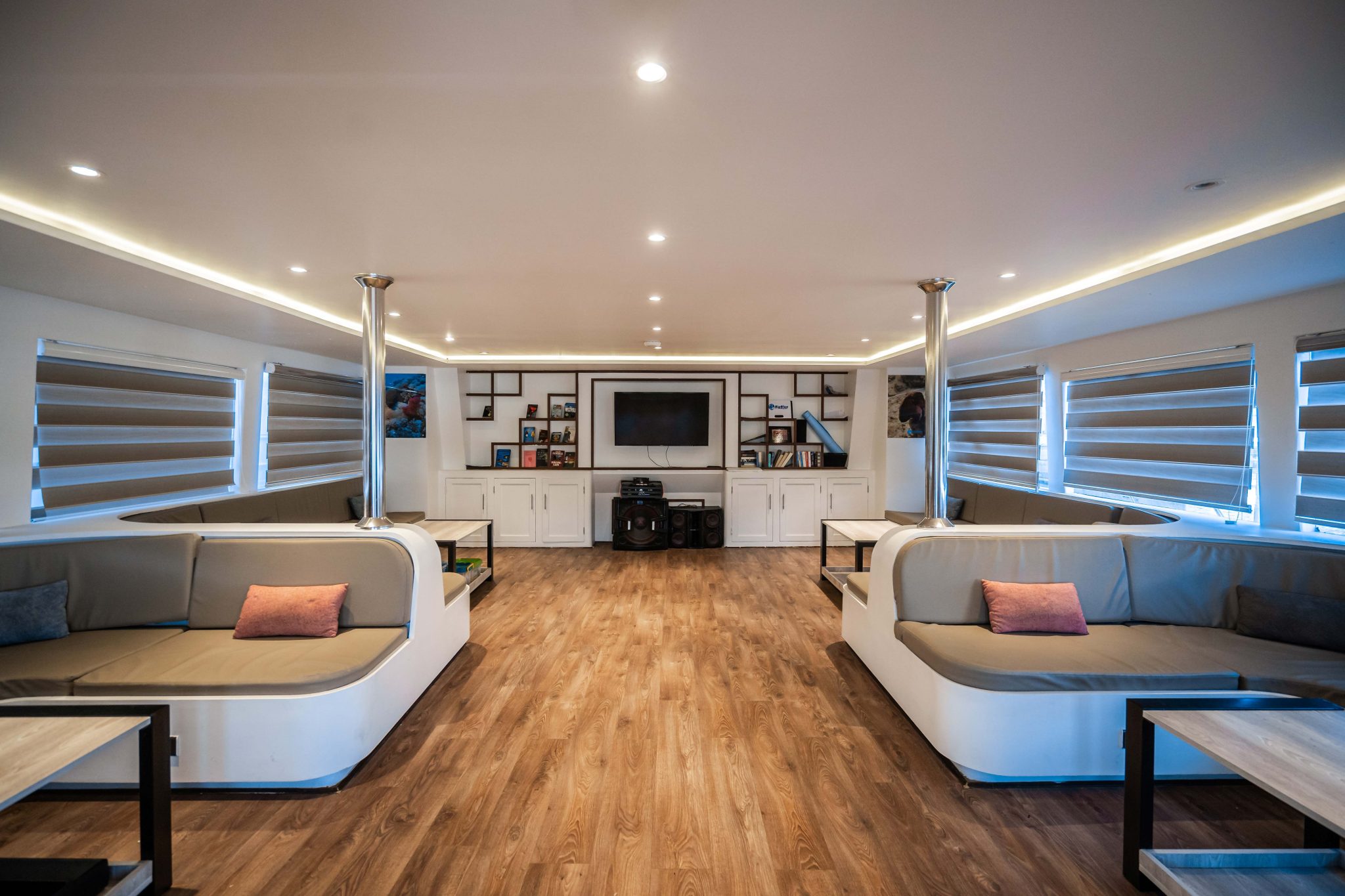
Large lounge area, spacious sun deck and terrace deck.
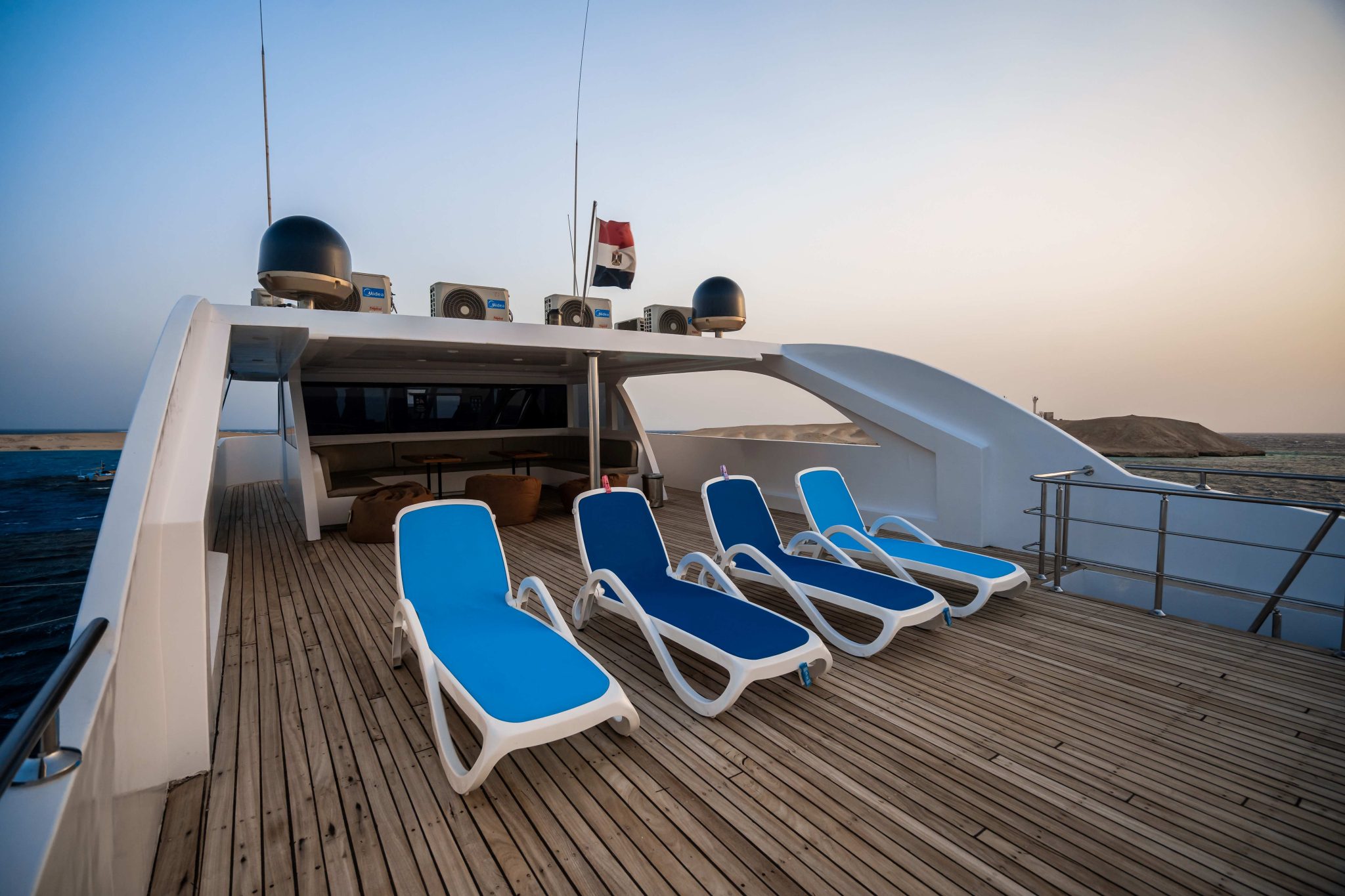
Airy restaurant with five tables with up to six chairs per table, serving a varied and delicious menu with special dietary requirements catered for.
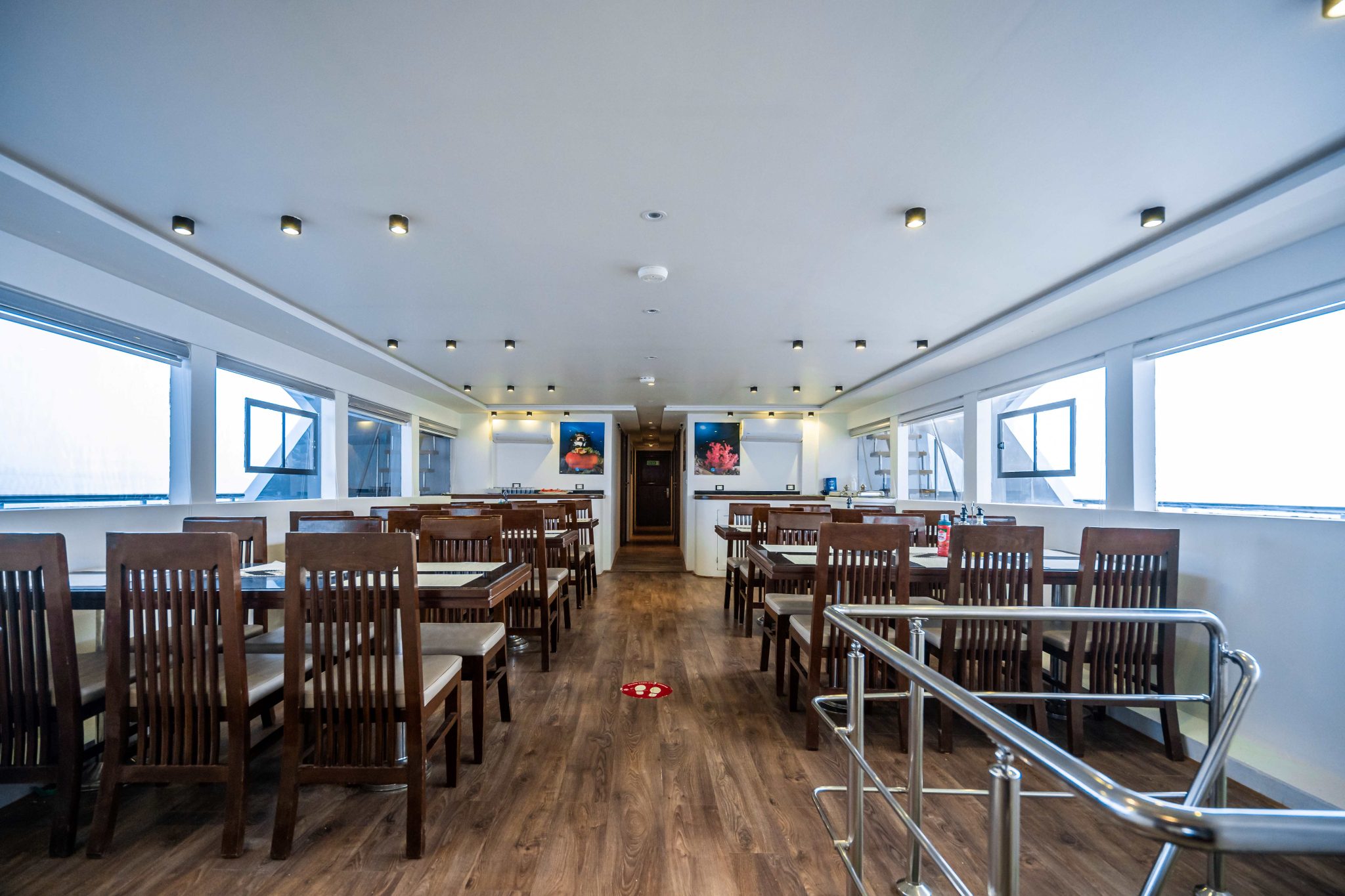
The spacious cabins have side by side beds and a large walk in wet bathroom.
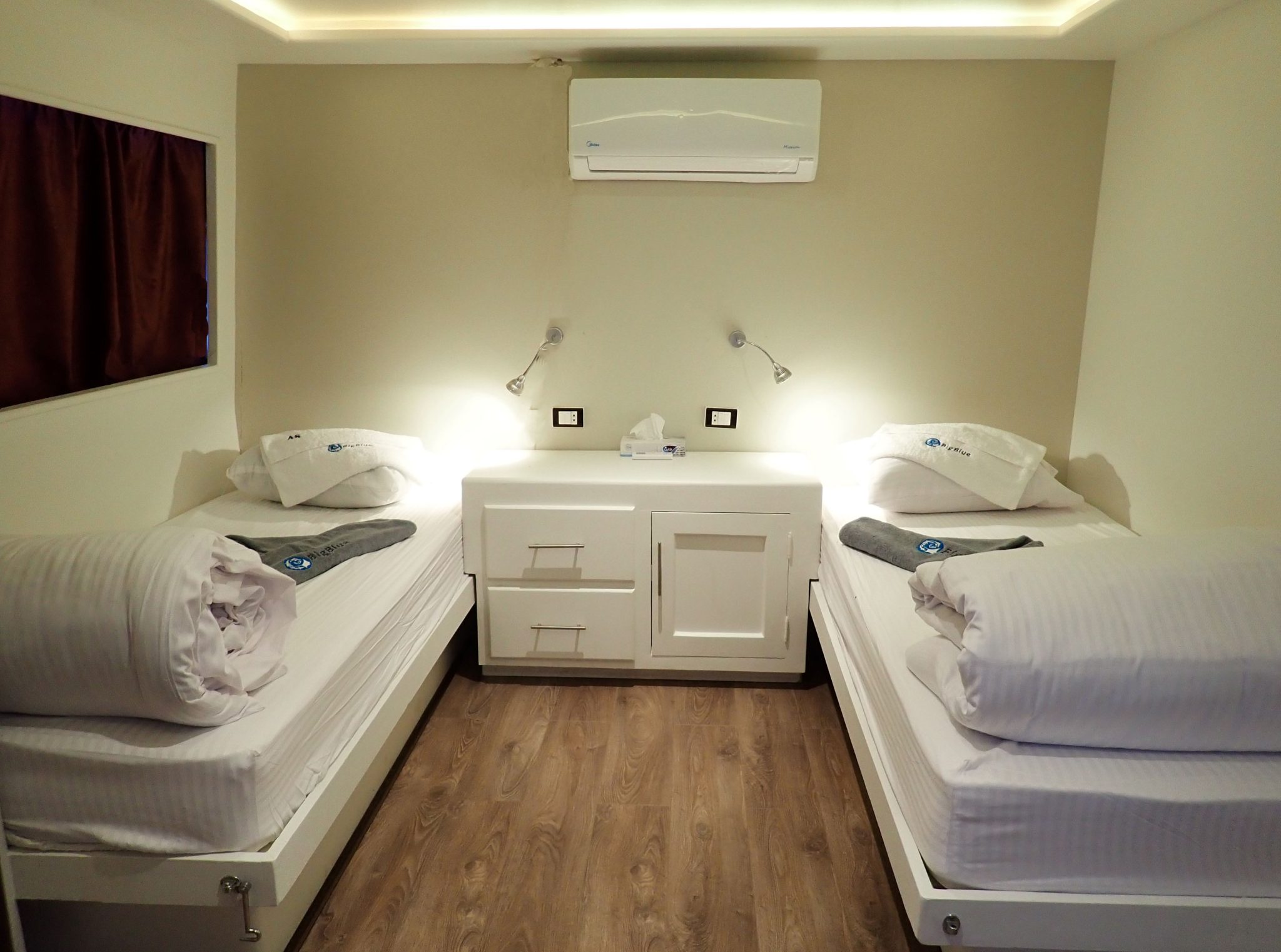
Ample dive deck for divers & snorkelers.
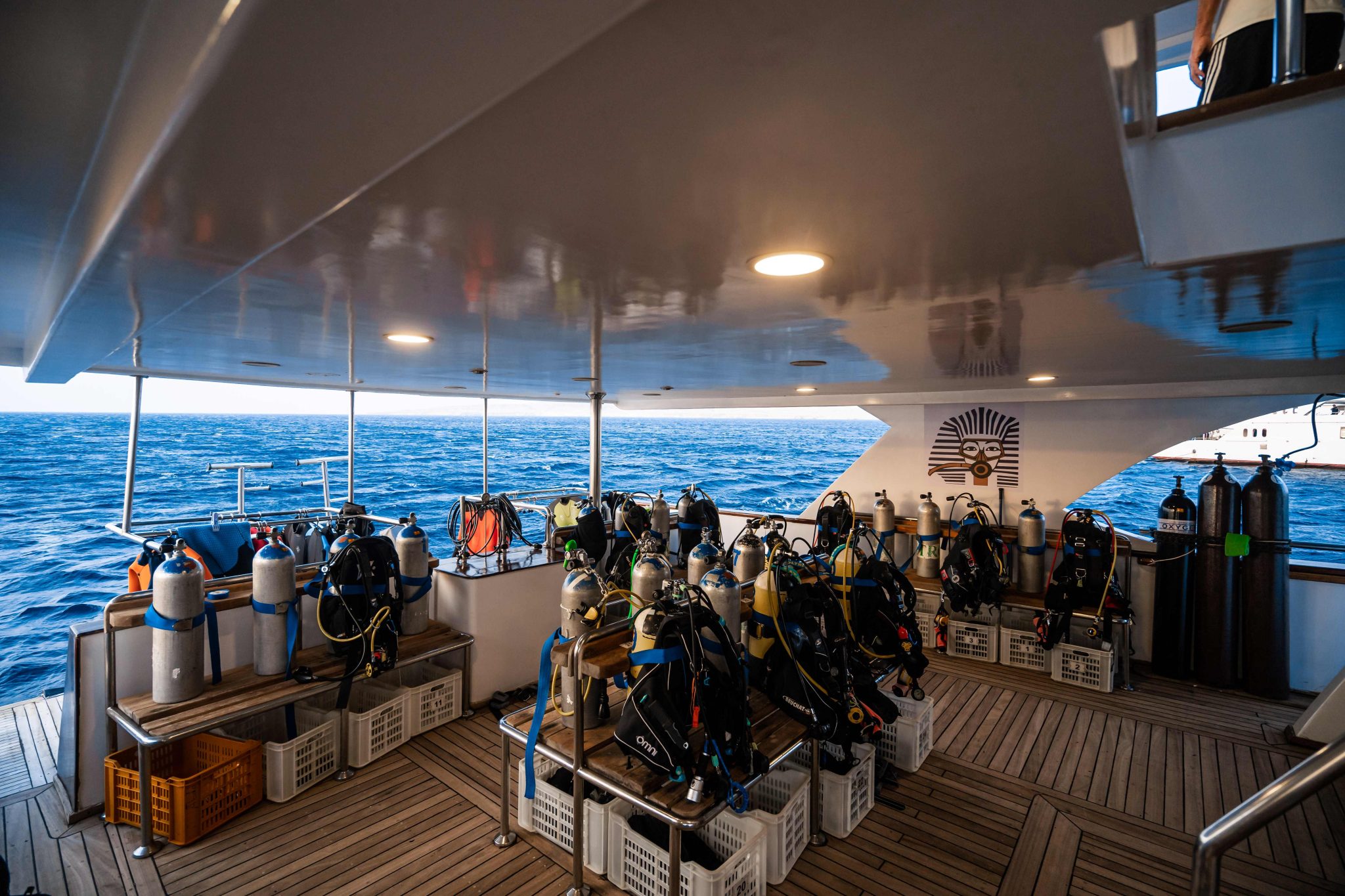
Safety is everyone’s priority, whether you are relaxing on board, swimming, snorkelling or diving.
On board Big Blue is fitted with smoke alarms, emergency lighting and a fire alarm system. The lower corridor has a full-size door fire exit at the bow and open stairs to the stern. There are evacuation plans in each room along with life jackets, glass breaker tool and a fire extinguisher.
BOOK NOW: INFO@PHARAOHDIVECLUB.COM / TEL: +44 7598 329059 or +20 100 6822000
Red Sea Splash at Fury Shoals is a very rare opportunity to get involved with marine biology expedition for children and adults. Open Ocean biologists are on board to provide fascinating and entertaining facts about the marine life you will see. The team will provide workshops on marine life identification and survey methods both of which, should you wish, you will have the chance to put into practice during your safari.
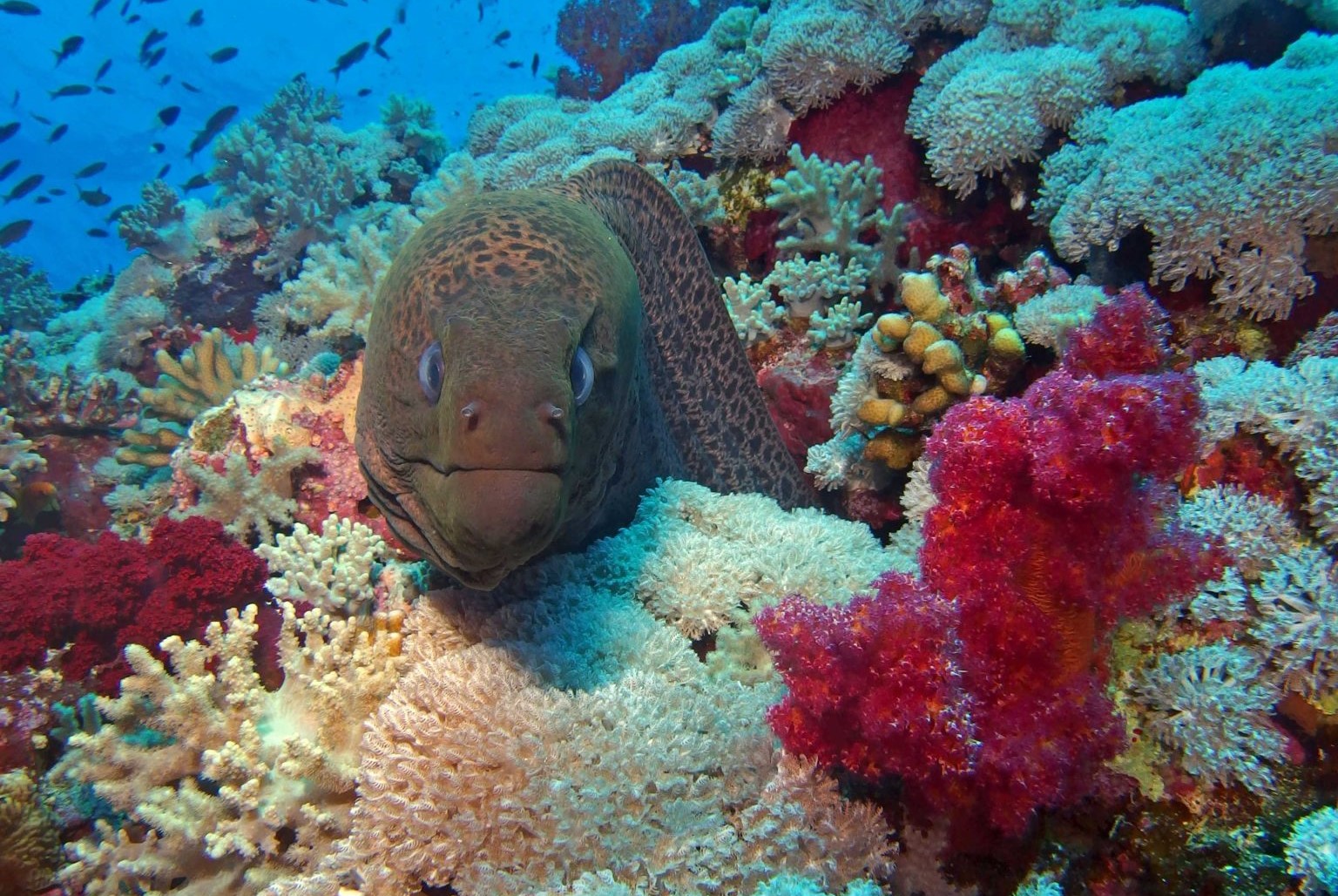
The week is open to snorkelers, scuba divers and non divers too!
Fury shoals is perfect for first time mariners as it offers plenty of protection from the weather.
We board at Port Ghaleb on Saturday evening and prepare to set sail early on Sunday morning.
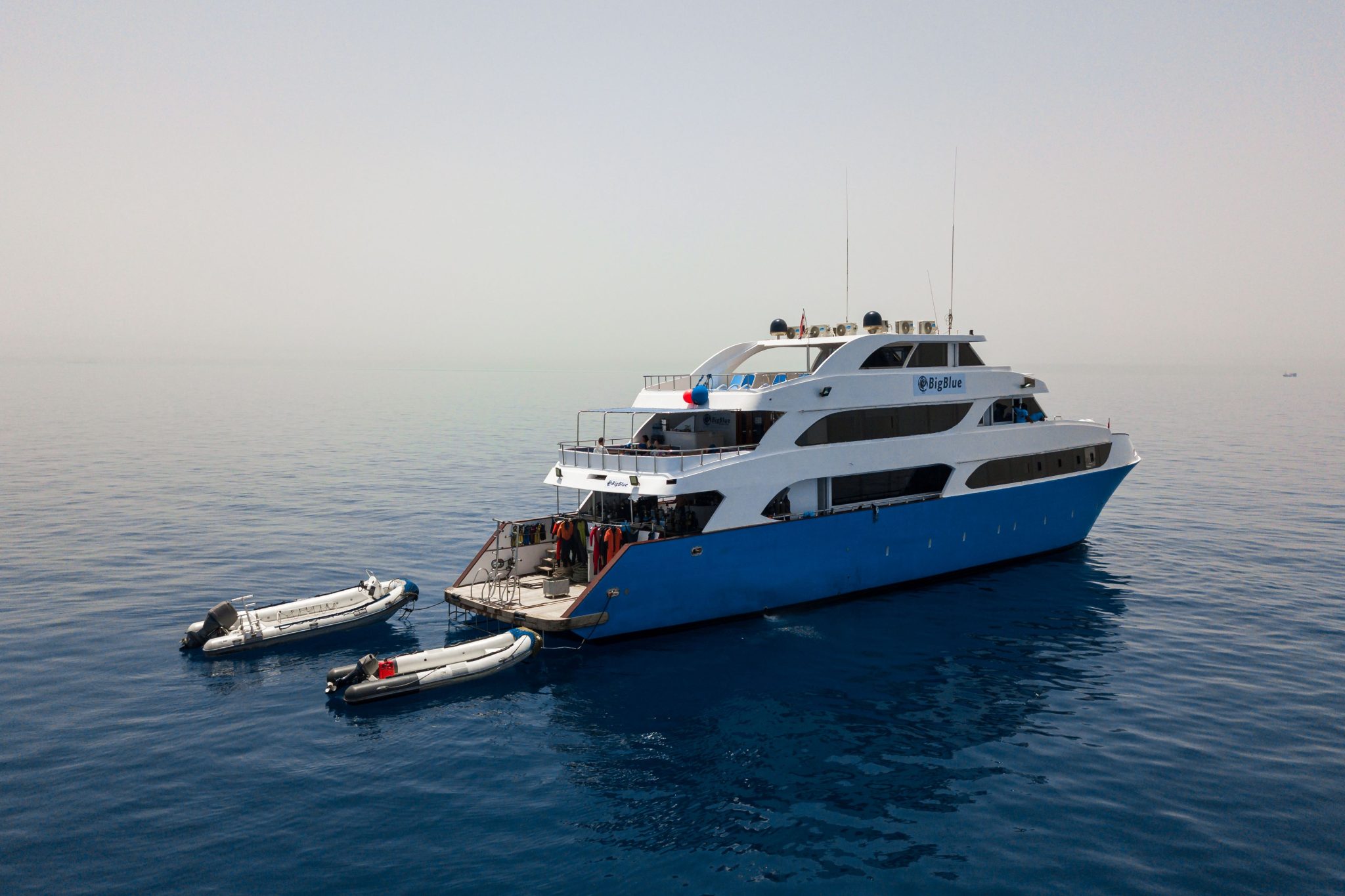
Heading south, our first day will be diving the reefs of Abu Dabbab before sailing overnight to reach our ultimate destination the Fury Shoals.
Here we will spend four days swimming, snorkelling and scuba diving amazing reefs. This includes guaranteed DOLPHIN encounters at Sataya Reef! After the last dive we haul anchor and head back to Abu Dabbab for our final two dives before disembarking our boat BIG BLUE.
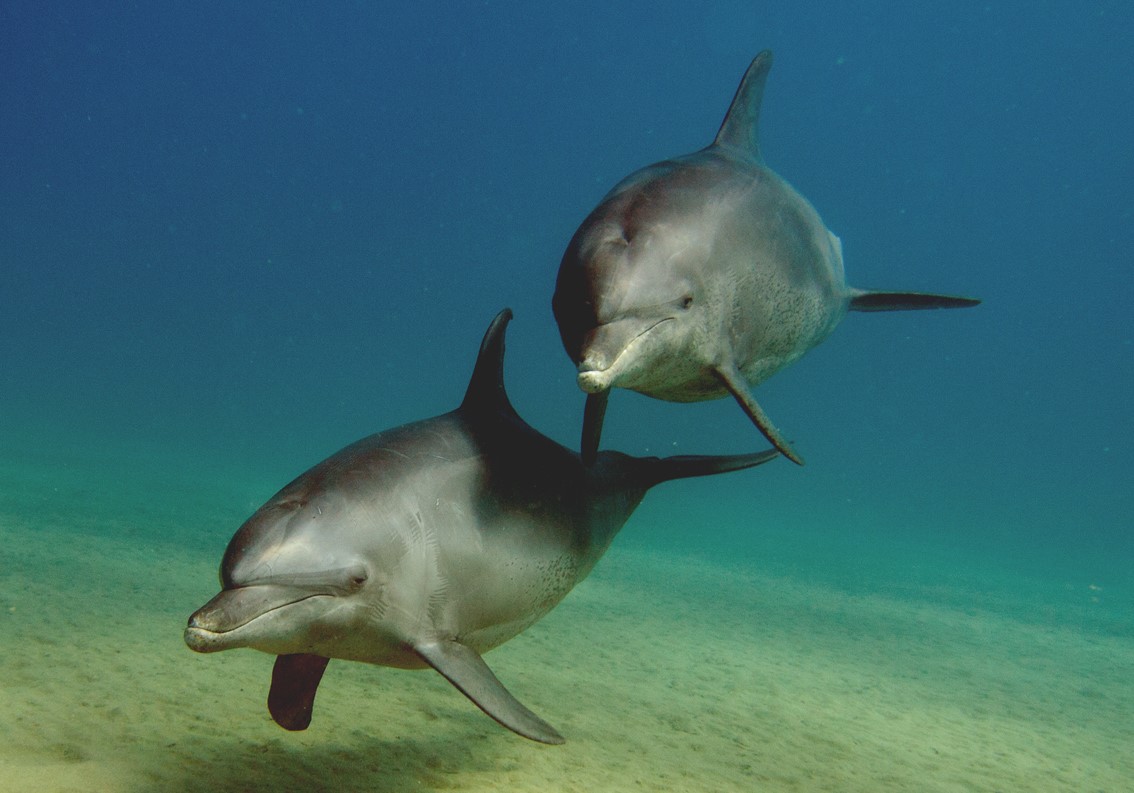
Camp Extension Cost*
Adult £650 per adult
Under 16 £350 per child
BOOK NOW: INFO@PHARAOHDIVECLUB.COM / TEL: +44 7598 329059 or +20 100 6822000
FURTHER INFORMATION – INFO@PHARAOHDIVECLUB.COM
TEL: +44 7598 329059 or +20 100 6822000
-

 News3 months ago
News3 months agoHone your underwater photography skills with Alphamarine Photography at Red Sea Diving Safari in March
-

 News2 months ago
News2 months agoCapturing Critters in Lembeh Underwater Photography Workshop 2024: Event Roundup
-

 Marine Life & Conservation Blogs2 months ago
Marine Life & Conservation Blogs2 months agoCreature Feature: Swell Sharks
-

 Blogs2 months ago
Blogs2 months agoMurex Resorts: Passport to Paradise!
-

 Blogs2 months ago
Blogs2 months agoDiver Discovering Whale Skeletons Beneath Ice Judged World’s Best Underwater Photograph
-

 Gear News3 months ago
Gear News3 months agoBare X-Mission Drysuit: Ideal for Both Technical and Recreational Divers
-

 Gear Reviews2 months ago
Gear Reviews2 months agoGear Review: Oceanic+ Dive Housing for iPhone
-

 Marine Life & Conservation2 months ago
Marine Life & Conservation2 months agoSave the Manatee Club launches brand new webcams at Silver Springs State Park, Florida


